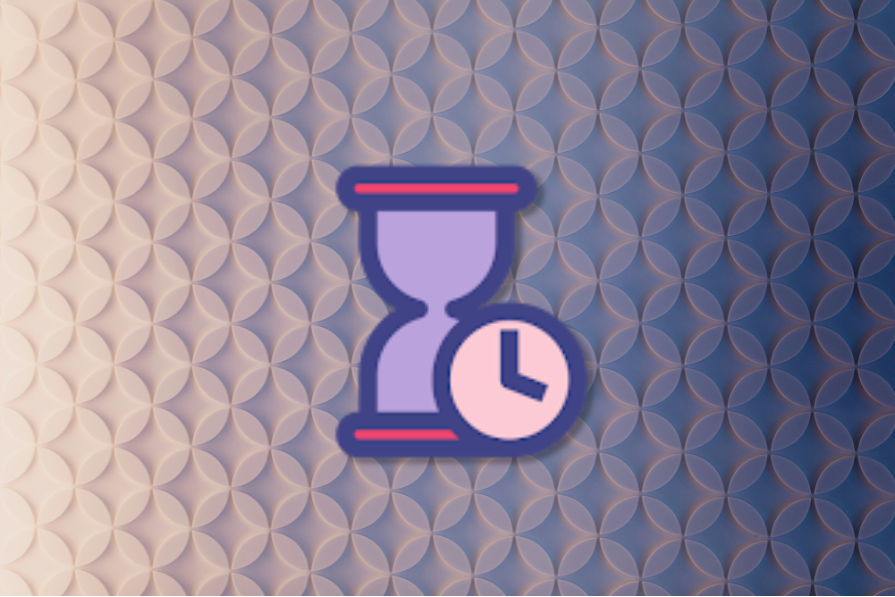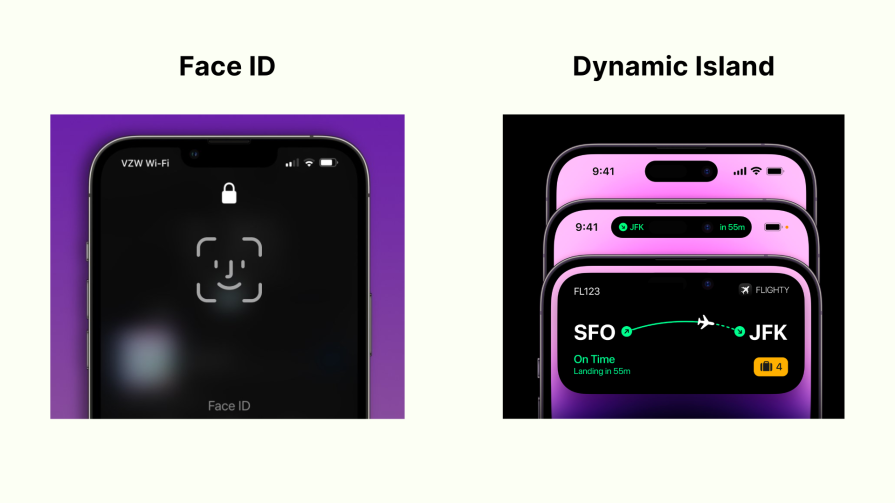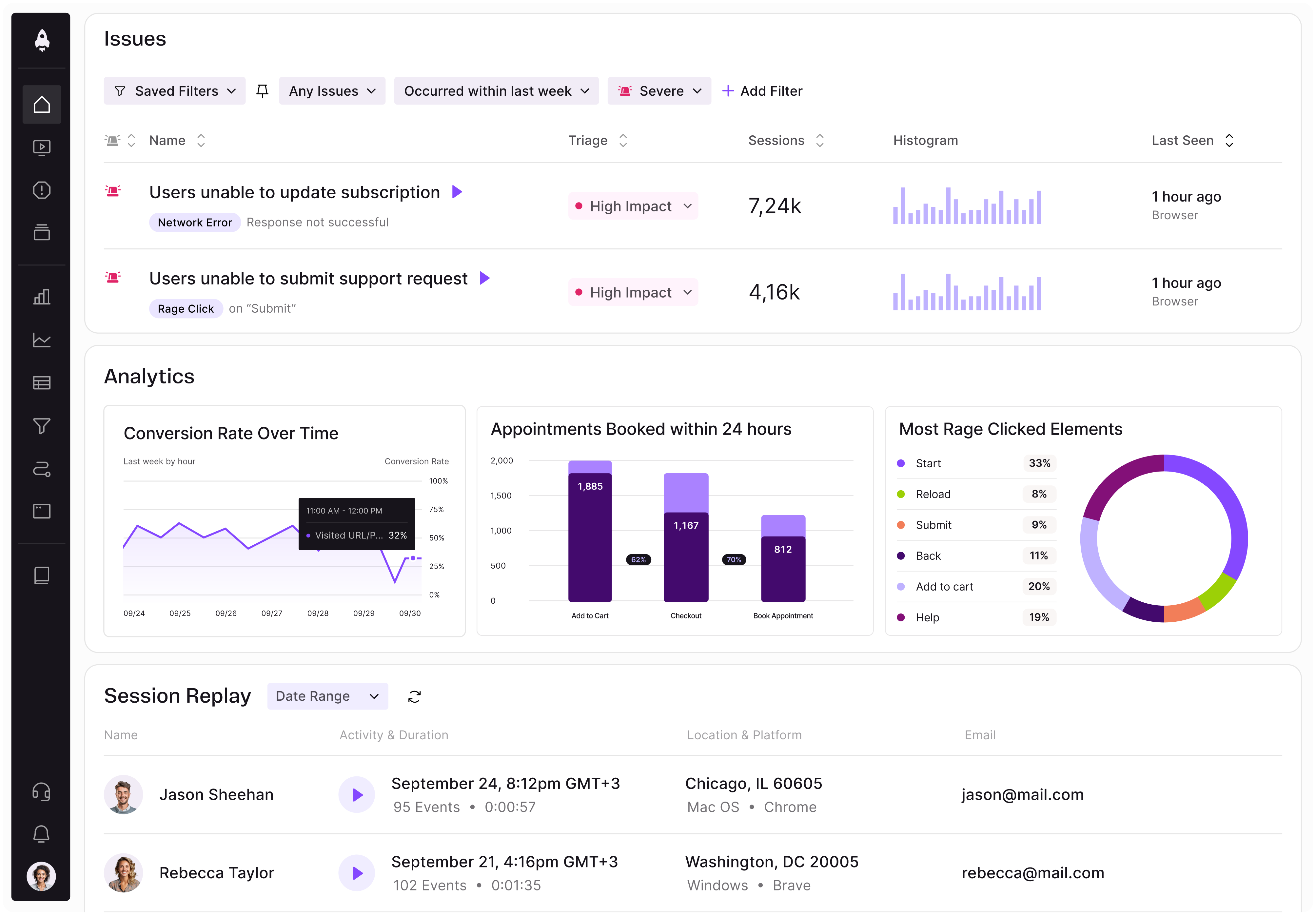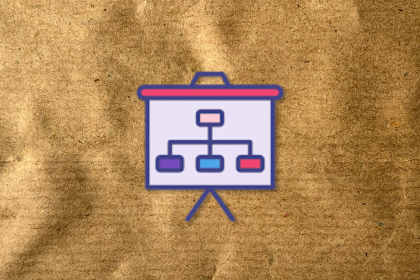In the realm of product development, you often hear people celebrate speed. Many PMs take pleasure in how fast they can build, iterate, and ship products. The iconic startup phrase “Move fast and break things,” first promoted by Facebook, has become generally accepted as the golden rule of innovation.

The idea is straightforward: The sooner you ship, the faster you receive feedback, and the more agile you become in responding to market demands.
However, this concern with speed results in a paradox. Moving too quickly can often slow down a product over time. Quick launches frequently result in technical debt, bad user experiences, and a fatigued team. These factors eventually jeopardize a product’s long-term viability.
This article looks at three interesting case examples that demonstrate both sides of the issue. Two examples, Sonos and Osborne Computer Corporation, show how excessive speed can have major long-term effects. The final example, Apple, demonstrates how deliberate pacing and perfectionism may promote trust and long-term success.
The desire for speed in product development comes from a few key factors. PMs are under competitive pressure to launch as soon as possible in order to acquire first-mover advantage. Investors, particularly in startups, anticipate rapid growth and frequent updates to demonstrate market traction. Users want continual improvements, and businesses feel compelled to respond quickly in order to sustain engagement.
To improve product-market fit, lean development approaches prioritize rapid iteration, testing, and feedback. These forces combine to produce a culture where speed is viewed as the ultimate key to success.
Speed seems beneficial at first. Rapid go-to-market strategies enable you to get ahead of the competition, gaining crucial market share and early adopters. Constant iteration encourages flexibility, allowing you to improve your products in response to actual customer input. Regular product shipping keeps teams moving forward and boosts morale, avoiding stagnation.
However, speed’s immediate benefits usually mask its long-term disadvantages.
When you move too fast, you need to be on the lookout for technical debt. When developers build temporary or inefficient code with the intention of refactoring it later, they’re prioritizing speed over quality. The problem is that in practice, “later” rarely occurs since there’s constant pressure to create new features.
The codebase grows bloated, fragile, and challenging to maintain over time. Because developers find it difficult to work with poorly structured systems, simple changes that should only take hours instead take weeks. In the end, what first appeared to be a time-saving strategy leads to longer delays and higher costs.
Beyond technical issues, the user experience can be negatively impacted by rushed product development. Features that are released without sufficient testing frequently include errors, inconsistencies, and usability problems. High churn rates can result from user frustration caused by an unclear interface or inconsistent functioning.
A product risks the danger of losing trust, which is considerably more difficult to win back than it is to lose, if it promises innovation but falls short of providing a flawless experience. Although speed can facilitate the delivery of a product to customers, a poor experience will drive them away just as fast.
Another effect of prioritizing speed is the lack of strategic thinking. Teams may prioritize short-term gains over long-term sustainability in their haste to introduce new features. When products accumulate unnecessary features that don’t fit with a unified vision, this reactive strategy results in feature creep.
A product that keeps changing direction without a defined plan becomes unreliable and challenging to scale. Even while each release could appear to be a step forward, the absence of a well-planned strategy eventually limits meaningful progress.
Now, to give you a better idea of the potential drawbacks of speed, this section covers real-life examples from companies you’re probably familiar with.
The high-end home audio company Sonos made a daring attempt to update its smartphone app in 2024 in an effort to stay competitive and quicken its innovation roadmap. The updated software was intended to be a significant advancement. Instead, it turned into a cautionary tale.
Important features were absent when the software was launched. Longtime customers discovered that they were no longer able to access fundamental functions like controlling speaker groups or modifying room-specific volume controls. Even worse, several customers were unable to establish any connection to their audio systems. These problems went straight to the core of Sonos’ brand: superior performance, seamless audio experiences, and reliability.
The backlash was fierce and quick:

Analysts calculated that the scandal cost Sonos up to $500 million in lost revenue, and the company’s price fell drastically. Sonos CEO Patrick Spence resigned as a result of the fallout.
It served as a lesson that making quick decisions without conducting adequate testing or user validation might damage long-term value and customer trust. Since then, Sonos has promised to restore features before moving forward with a slower, more methodical deployment strategy.
Early in the 1980s, Osborne Computer Corporation led the way in portable computing. The Osborne 1, a small, portable computer that became well-liked by both tech enthusiasts and professionals, was groundbreaking for its time. But the company’s story soon became a classic example of how quick decisions made for the sake of speed may have disastrous results.
The business developed a follow-up product when the Osborne 1 gained popularity. However, Osborne made an early announcement of the new model before it was ready for shipping in an effort to keep ahead of the competition and create buzz. Sales of the present product consequently fell sharply.
Customers stopped purchasing the Osborne 1 because they were impatient for the updated model. Inventory accumulated as retailers withdrew their orders. The business, which had been expanding rapidly, was suddenly short on funds.
The impact was so severe that it gave rise to a new phrase in tech strategy: “The Osborne Effect,” a warning term for what occurs when plans for future products are leaked too soon and eat into existing sales.
While many IT companies strive to be the first, Apple tends to wait. It has made this systematic approach one of its most distinctive and effective strategies. In contrast to other companies in the industry, Apple is renowned for developing items in-house and only releasing them when they are polished and functional.
Two examples show this perfectly:

Apple earns and retains user trust by stressing slowness through intentional design, limited rollouts, and deep integration. Customers not only accept delays, but they frequently appreciate the resultant quality.
It takes a shift in mindset to strike the ideal balance between sustainability and speed. As a PM, you should place more emphasis on careful execution than just how quickly a product ships as a metric for success. In this process, appropriate prioritization is essential.
Teams may resist the urge to introduce needless features that just increase complexity by concentrating on high-impact items that genuinely offer value. A clear product vision makes it easier to make sure that development activities are focused on long-term goals rather than short-term trends.
There’s also the option of incremental development. You can choose a staged strategy rather than launching a whole product or feature set all at once. By doing so, you’re able to collect input and make data-driven adjustments over time by beginning with a minimal viable product (MVP).
This tactic guarantees that products continue to be stable and useful while evolving organically. Without overwhelming engineers or users, you can maintain momentum by continually improving the product in small steps.
Scalability design is another important consideration. Several products perform effectively for a small number of users but break when demand rises. You can steer clear of significant changes later on by preparing for future development.
Reliable infrastructure, adaptable database architectures, and modular codebases lay the groundwork for long-term growth. By designing for scalability, time and resources are eventually saved by avoiding the need for emergency management and last-minute patches.
A positive workplace culture contributes to long-term creativity and productivity. Team members are more likely to remain engaged and make significant contributions to the product when they feel appreciated and supported. A team that’s under constant strain will find it difficult to provide high-quality work, but a well-balanced team may sustain both excellence and speed over time.
Speed in product development is a two-edged sword. While rapid iteration and releases provide a competitive edge, undue haste can result in technical debt, bad user experiences, and team burnout.
The paradox of speed is that going too quickly in the short term can slow progress in the long run. PMs that prioritize careful execution over reckless acceleration can achieve long-term growth and success. The trick is not only to move quickly, but also to move strategically.
Featured image source: IconScout

LogRocket identifies friction points in the user experience so you can make informed decisions about product and design changes that must happen to hit your goals.
With LogRocket, you can understand the scope of the issues affecting your product and prioritize the changes that need to be made. LogRocket simplifies workflows by allowing Engineering, Product, UX, and Design teams to work from the same data as you, eliminating any confusion about what needs to be done.
Get your teams on the same page — try LogRocket today.

A practical guide for PMs who want to stop being bottlenecks, delegate smarter, and lead teams effectively with a clear ownership framework.

Stop letting unreliable data block features. Treat data as inventory to track quality, ownership, and ship with confidence.

Learn why slide decks slow teams down and explore better tools like whiteboards, PRDs, and prototypes to improve collaboration and alignment.

AI PM roles are evolving fast. Learn the five types of AI PMs, the skills they need, and how they shape AI products across industries.